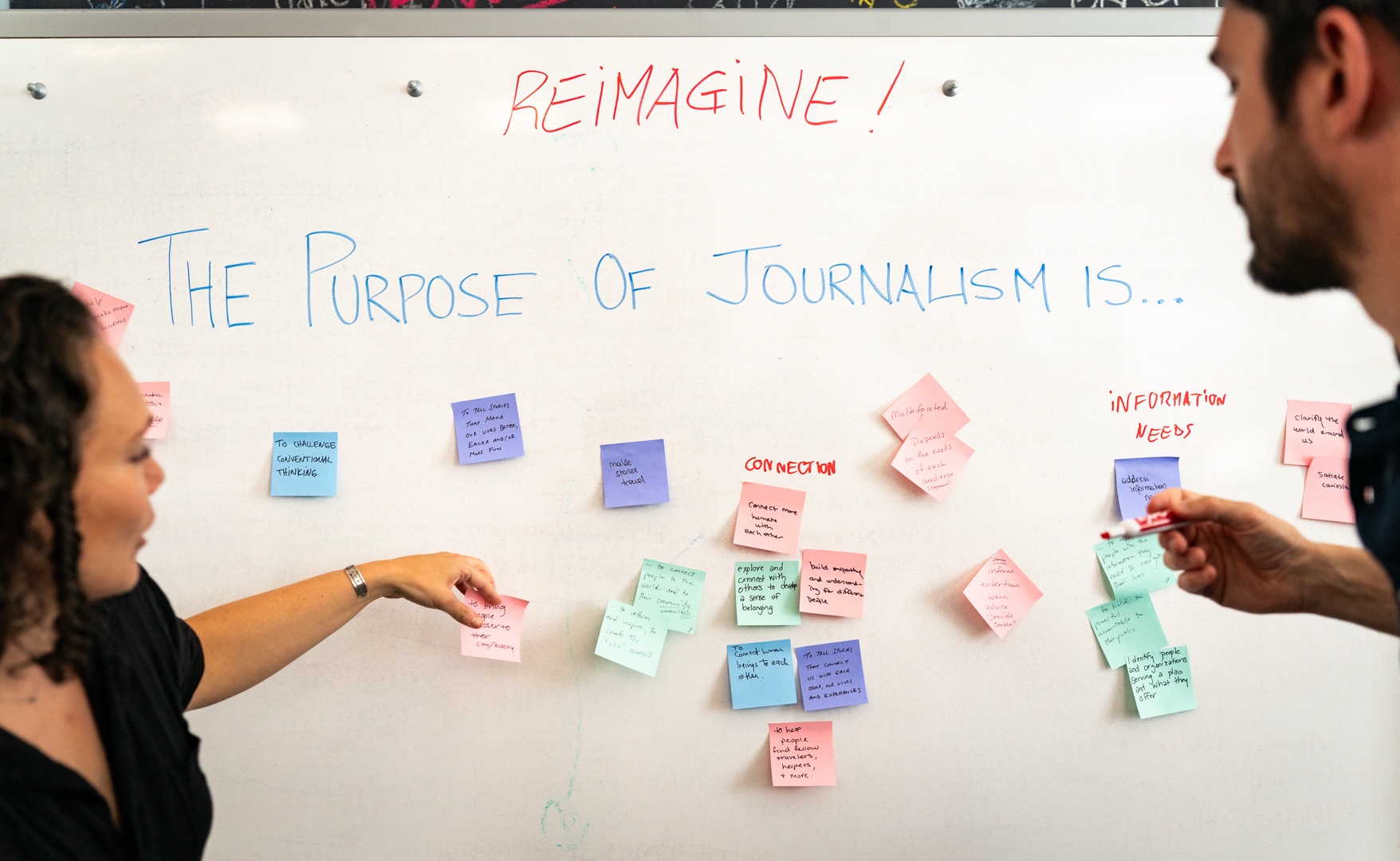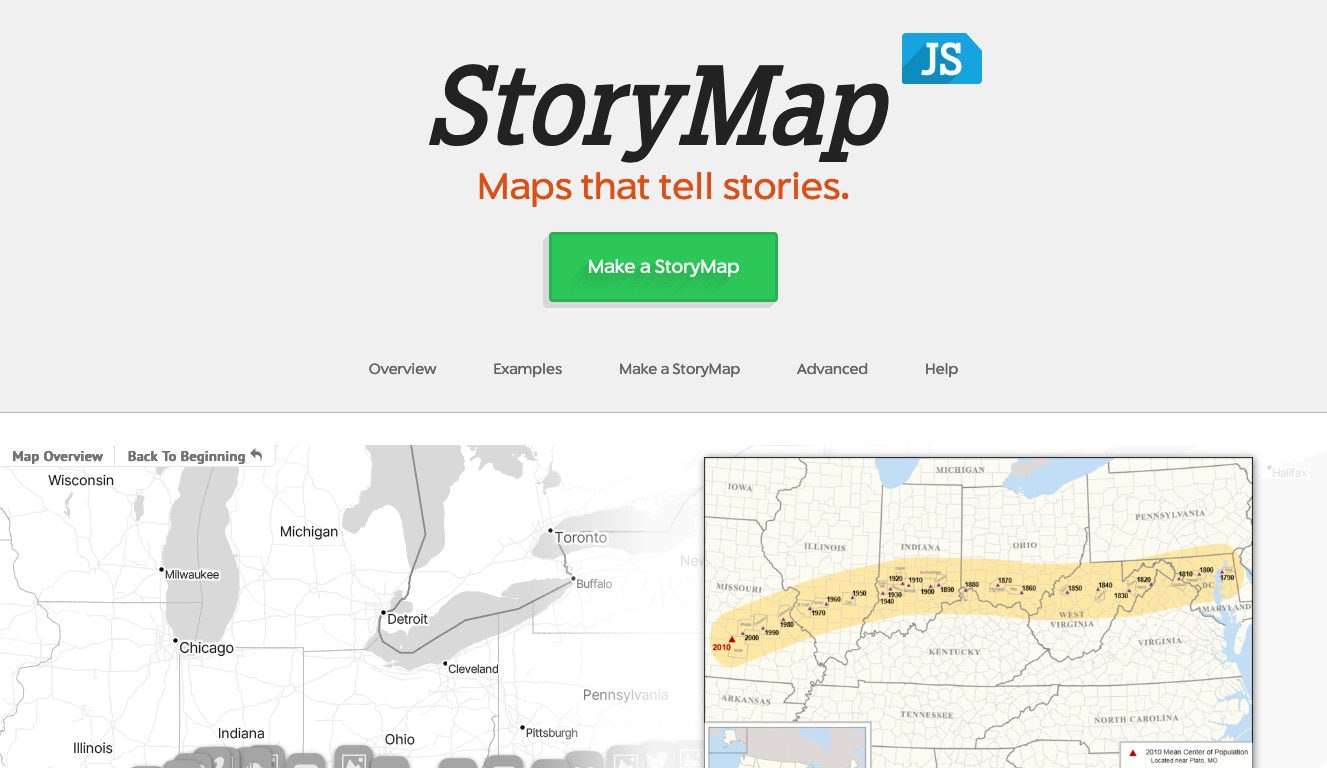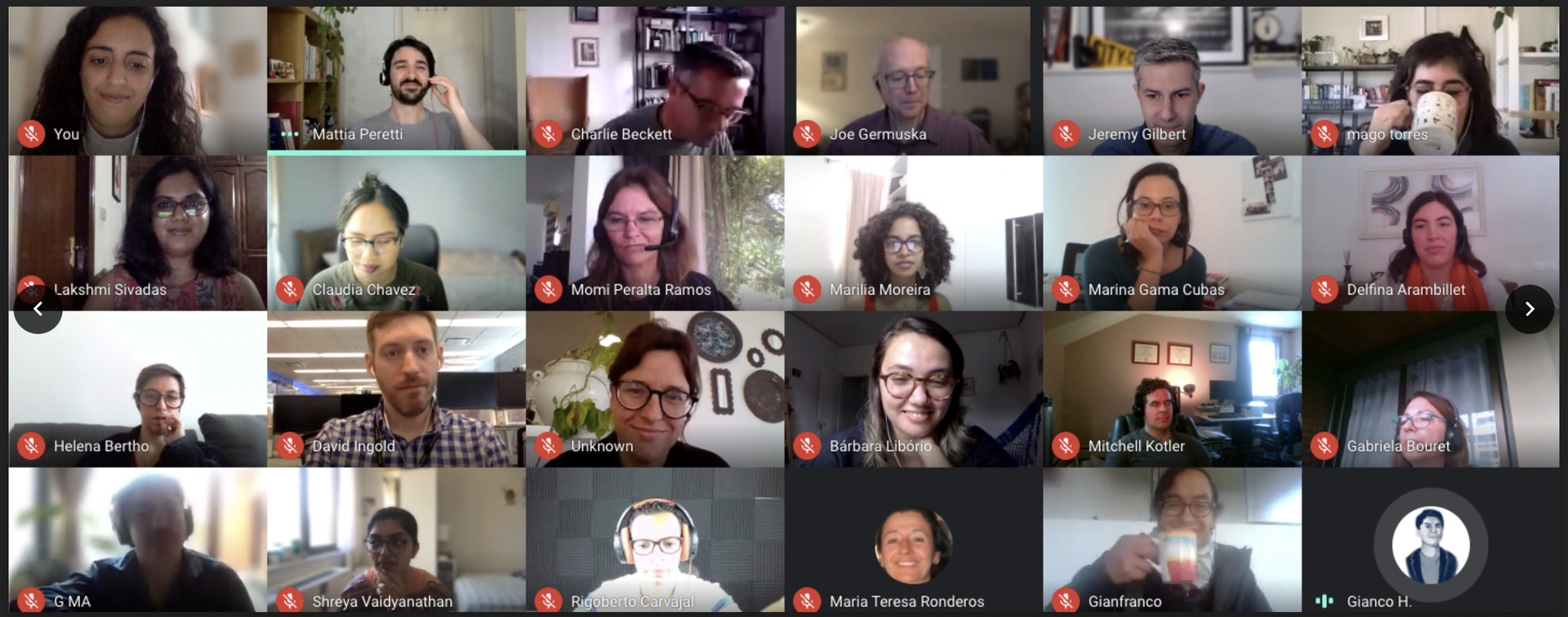MozFest. Man, so hard to describe what this thing is. I don’t want gush too much, but it’s been a great weekend so far.
I was intimidated coming in to the festival. The maker ethos here is strong and as a words guy I didn’t think I had the right cred to properly collaborate with the coders and designers. I can cobble together some HTML, shoot photos, and edit video, but generally words are my contribution to the web.
But by the end of my first session, I was sold on MozFest’s participation approach and not nearly as nervous about my ability to contribute.
Our session’s task was basically to think about second screens and how best to use them for news. My small group (led by Travis Daub) eventually settled upon a hypothetical second screen idea for a show like Frontline — where the interviews are deep and the storytelling is top notch, but there must be tons of interesting clips that certainly left out for the sake of time, story, or relative importance.
In our idea the first screen content serves as a backbone, narrative, and cohesive story, but the second screen (linked in time with the first) allows more data, features and extras that can be consumed either on the second screen or the first, at the user’s discretion. The “secondary” content can come via the broadcaster or anywhere else on the web.
It’s a pie-in-the-sky idea for now (certainly as a project that could be built this weekend), but inspiring and fun.
In the end we didn’t create anything beyond some rough sketches, but the idea was born and the process of making had begun.
For a weekend, an idea and inspiration is good.
That ignores the other (perhaps more official) mantra of the weekend: “Fuck it, ship it,” which of course is even better.
About the author
Tagged





